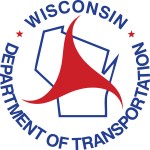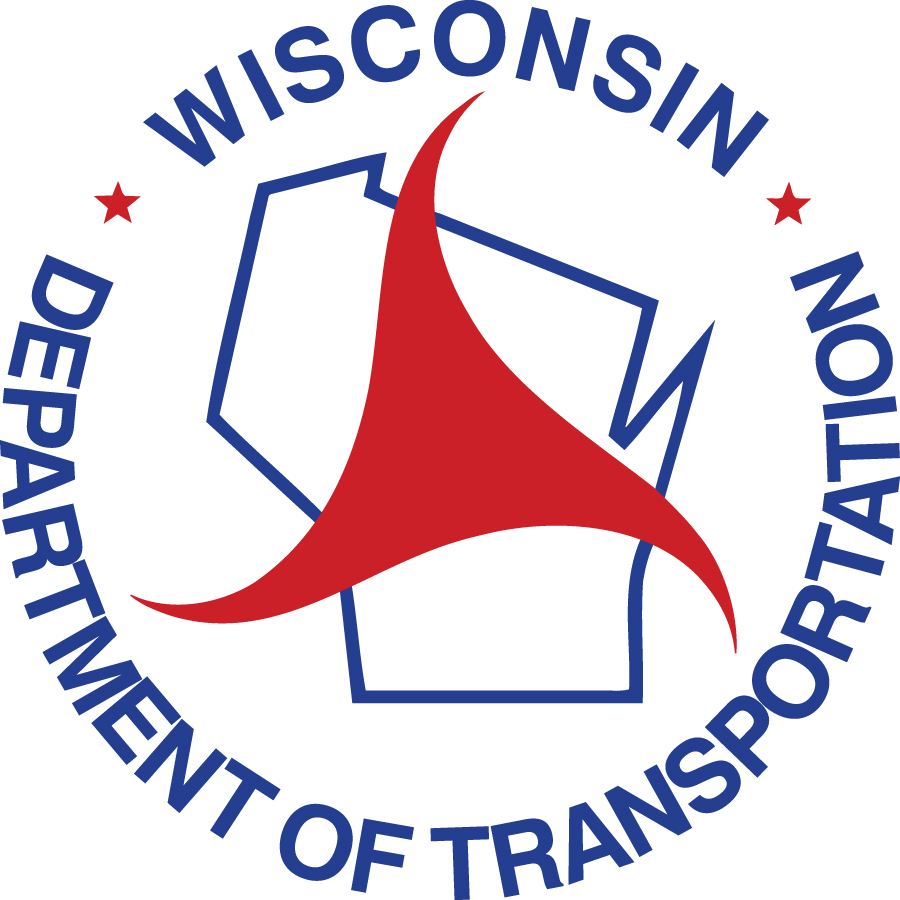I-94 East-West study public comment period extended to January 31, 2023
WisDOT continues to encourage stakeholder input in the environmental document process
In November 2022, the Wisconsin Department of Transportation (WisDOT) and the Federal Highway Administration (FHWA) announced a preferred alternative to reconstruct the I-94 East-West corridor between 70th Street and 16th Street in Milwaukee County. This alternative improves safety, replaces aging infrastructure and reduces congestion on the nearly 60-year-old highway.
“Public involvement and coordination is a critical part of the I-94 East-West reevaluation process,” WisDOT Secretary Craig Thompson said. “Extending this comment period ensures all voices are heard as we work with stakeholders to minimize any impacts to the community. We remain committed to developing infrastructure solutions that benefit the public for decades to come.”
As a result of the input gathered during this process, the preferred alternative includes constructing a modern eight-lane freeway and replacing the Stadium Interchange with a Diverging Diamond Interchange. Other improvements include:
- Modernizing the 68th/70th Street, Hawley Road, 35th Street and 25th/27th Street interchanges to provide better and safer access for Milwaukee neighborhoods.
- Enhancing connections for nearby Milwaukee neighborhoods to other areas of the city, county and state.
- Improving bicycle and pedestrian accommodations across I-94 and connecting the Hank Aaron State Trail with the Oak Leaf Trail.
- Increasing safety and efficiency on adjacent east-west roadways by reducing future traffic volumes on local roadways. Local roads can better function for all modes of transportation.
WisDOT is anticipated to invest $25 million in transit solutions as a traffic mitigation strategy during construction. Short-term effects of the increased transit funding will aid Milwaukee County’s efforts to employ new transit such as the 27th Street Bus Rapid Transit.
As a result of the public involvement through the environmental document process, some impacts were reduced including smaller infrastructure footprints and less real estate acquisition.
Stakeholders are encouraged to submit comments through the online comment form on the I-94 East-West project website or via email, mail or phone to WisDOT Project Manager Josh LeVeque:
- joshua.leveque@dot.wi.gov
- Wisconsin Department of Transportation – Southeast Region
Attn: Josh LeVeque
141 NW Barstow, STE 218
PO Box 798, Waukesha, WI 53187-0798 - (414) 750-1468
To ensure that decisions about reconstructing the corridor are based on the most recent data and public input, WisDOT completed a Supplemental Draft Environmental Impact Statement (SDEIS) to comply with the National Environmental Policy Act.
The SDEIS is available on the I-94 East-West website at wisconsindot.gov/94eastwest and at libraries in Wauwatosa, West Allis and Milwaukee: Milwaukee Central library, Washington Park Branch, Mitchell Street Branch, Martin Luther King Branch. It is also available for viewing at the following locations:
- City of Milwaukee Department of Public Works
841 N Broadway, #501, Milwaukee - Milwaukee County Department of Transportation (2nd floor)
10320 W Watertown Plank Road, Wauwatosa - Southeastern Wisconsin Regional Planning Commission
W239 N1812 Rockwood Drive, Waukesha - WisDOT offices in Waukesha (141 NW Barstow Street) and Madison (4822 Madison Yards Way, 5 South)
More information on the I-94 East-West corridor project can be found at wisconsindot.gov/94eastwest.
Depending on final approvals and funding, construction on this section of I-94 is currently expected to begin in 2025.
NOTE: This press release was submitted to Urban Milwaukee and was not written by an Urban Milwaukee writer. While it is believed to be reliable, Urban Milwaukee does not guarantee its accuracy or completeness.
More about the I-94 East-West Expansion
- Transportation: 27th Street Bridge Will Close For A Year - Graham Kilmer - Nov 29th, 2025
- Coalition Raises Concerns on I-94 Construction - Sierra Club - Nov 12th, 2025
- Construction Starting On $1.7 Billion Interstate 94 Widening - Jeramey Jannene - Oct 15th, 2025
- Governor Evers approves first segment of I-94 East-West construction to begin in Milwaukee County - Wisconsin Department of Transportation - Oct 15th, 2025
- Transportation: Fix At Six Coalition Sues State, Federal Government Over I-94 Expansion - Graham Kilmer - Aug 20th, 2024
- WisDOT to host I-94 East-West Freeway Project public meetings - Wisconsin Department of Transportation - Jun 12th, 2024
- Open Houses Announced For I-94 Widening - Jeramey Jannene - Jun 6th, 2024
- ‘Fix at Six’ Group Wants I-94 Expansion Delayed For Civil Rights Report - Jeramey Jannene - Mar 20th, 2024
- Coalition Admonishes I-94 expansion Record of Decision - Sierra Club - Mar 20th, 2024
- Feds Approve Interstate 94 Expansion - Jeramey Jannene - Mar 8th, 2024
Read more about I-94 East-West Expansion here



















The I-94 East-West Corridor Study does not provide convincing evidence that highway expansion is necessary or will address regional transportation goals, grow our economy, or will be intelligently managed. Most importantly, the work fails to draw on or reference worldwide practices and research on many topics. It has failed to address induced demand (Litman, 2022, “Generated Traffic and Induced Travel,” Victoria Transport Policy Institute), where widening highways creates induced demand which leads to further highway capacity problems (Transportation for America, 2020 “The Congestion Con: How more lanes and more money equals more congestion”). Widened highways also have subsequent costs of automobile crashes. The cost of these crashes exceeds savings from the congestion cost reductions, states Robert Steuteville writing in the CNU Journal (Steuteville, 2022, “The cost of crashes is higher than congestion: Congestion costs drive highway expansion decisions, but these costs are dwarfed by the impact of automobile crashes,” Public Square, A CNU Journal, April 29, 2022). Widening highways to reduce congestion is only a temporary solution, damages local communities, and feeds an unsustainable and expensive cycle. Mass transit, Integrated Corridor Management (ICM), and other modern management methods and technologies such as Connected Vehicle (CV) technologies can provide smoother freight transit for the corridor (Leong, 2018, “Study shows autonomous vehicles can help improve traffic flow,” February 20, 2018, Phys.org). The coverage of the large population, jobs, and trip origins and destinations in the study area suggests a mass transit approach to addressing transportation in the corridor, not widening highways. Milwaukee notably lacks a metro-spanning rail network. This lack of coverage of these issues is troubling because it indicates the present transportation system isn’t being managed or planned properly. Adding highway lanes will not solve this inadequacy but lead to still more problems. In light of the inability to prepare a sustainable plan, a different, outside engineering team should be involved that is familiar with these topics to develop a less costly, intelligent six-lane alternative with mass transit support, respect for local communities, and smart transportation management. The lack of attention to and deliberate ignorance of a six-lane fix of the highway represents a failure of engineering, and thus this project should re-start with a new engineering team. The frequent statement put forward by the current engineering team that, “doing nothing about this section of I-94 is not an option” is deceptive, because a six-lane solution is doing something about this highway. To imply that expansion to eight lanes is the only option is false and possibly a violation of ethical standards for engineering as well as federal law. To insist on refusing to consider a six-lane fix of the highway would be to proceed on a boondoggle of taxpayer money, saddle taxpayers for decades with costs, and encase in cement a serious mistake in transportation infrastructure.